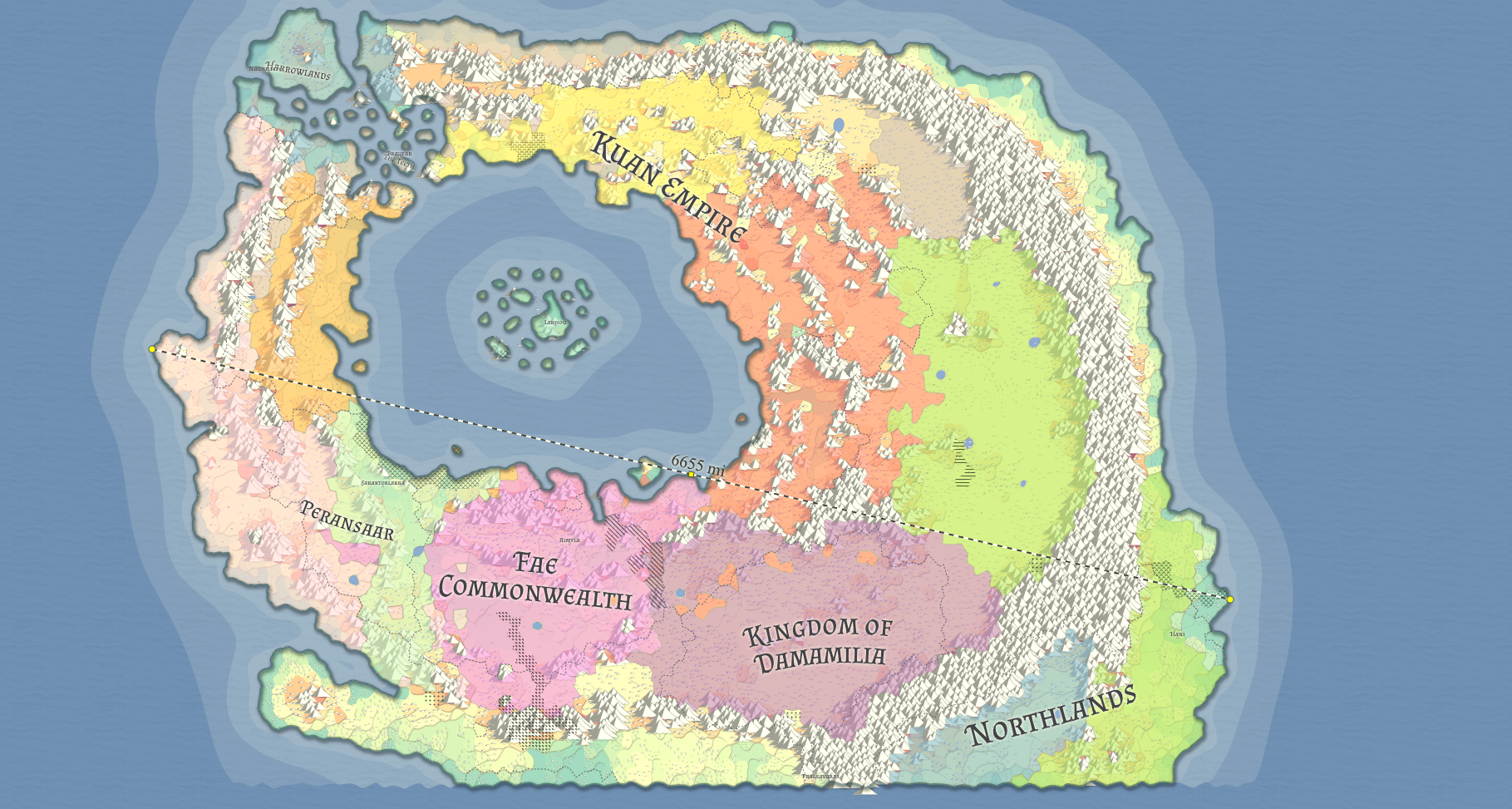Soojun Citadel and Council Chambers
The old citadel fortress that was once the home of the ruling nobles of Soojun in olden times is is the past 100 years transformed to the seat of government and meeting halls of the People's councils, Lesser councils and the Town Council. The Citadel contains meeting rooms, great halls with lofts that allow visitors to watch sessions, a kitchen for the Council members (and visitors). A silver Talent gets visitors into visitor sections and allows dining from the Citadel kitchens - a generally upper class quality of food and fine wines for just 5 Talents per person.
Purpose / Function
The lower great hall is where the People's Councils will meet and debate issues to bring before the Town Council or that need to be addressed with the various populations and peoples of Soojun. The former musicians lofts and balcony are now reserved for visitors and observers. There is also the kitchens and dining hall for visitors. Offices of the Ombudsmen for the People's Council are on this level. Staff support, laundry, storage and records are kept in the cellar/ dungeons. Upper floors have smaller meeting rooms for the Lesser Councils, lounges and private dining rooms. Foreign Embassies may be housed in rooms reserved for such parties during visits or they may seek lodging in the various inns or as guests of local nobles, councilors or merchants.
The outer walls, gatehouse and bailey are still housing guards and militia as well as armory. The Bailey is used as training yard and has partially been transformed into gardens
The outer walls, gatehouse and bailey are still housing guards and militia as well as armory. The Bailey is used as training yard and has partially been transformed into gardens
Entries
The Citadel complex is entered via either a main gate, a sally gate or a garden gate on different sides. There are cellar entries, kitchen entry, main and side entries to the citadel itself. The Council entry is on the side and only allows entry for councilors and their guests. The doors have a guard and stewards maintain the entries.
The Main entry of the Citadel has iron wrought Stonebark tree doors and opens into a vestibule with banners of the various clans and noble houses, the merchant trade companies and houses, the churches and Taurien.
There are rumors of secret passages and entries but the stewards refuse to confirm or deny the talk.
The Main entry of the Citadel has iron wrought Stonebark tree doors and opens into a vestibule with banners of the various clans and noble houses, the merchant trade companies and houses, the churches and Taurien.
There are rumors of secret passages and entries but the stewards refuse to confirm or deny the talk.
History
The town was once held by lesser nobles of the Green Dragon in the Yellow Dragon Kingdom. It was a minor trading settlement of old eserti design with solid fortified "block neighborhoods" and surrounding warehouses and trading houses. The Dragon Wars saw it grow and fall with sections destroyed and rebuilt. It was destroyed in the Shadow period and the original ruling family died or moved away. The ruins were loosly inhabited off and on for several centuries with small lords making claims. A Metal Dragon lord established claim ( secretly supported by supernatural forces) and started rebuilding and restring the town. The sewers and maze of the old city date to this period, as does the main Citadel. The Mercury Dragon family ruled for several centuries before being swept away in the Dragon empire wars and the territory passed between Green and Red Dragon Lords for another several hundred years. In the Imperial period the town was briefly New Yellow Dragon before being consumed by the Greens, then abandoned and left independent by approximately year 1150 Imperial Reconing. The Citadel stood empty, then claimed by petty nobles or merchant princes for generations. Approximately 200 years ago (Imperial 1200) the Taurien had established a presence and brought their Republic ideals. Increased trade and influx of foreign settlers and traders diversified the growing population and increased strife between groups. Nobles claiming rule were confronted with armed uprisings and counter claims by other nobles with open battles on several occasions. A merchant Council was unable to bring unity of the various factions. They added the Nobles and Farmers. Imperial interests brought some small officials but the town remained too far outside the frontier border by several hundreds of miles ( this has decreased over the years to now only about 100 miles), and insignificant in resources or points of control to be of interest to the Emperor. Only in the last 100 years has the town settled into something like it's current arrangement. The largely ruined or broken down Citadel was repaired and rebuilt as the home for the Councils large and small.
Tourism
Locals take a small interest in the People's Councils meetings and debates. The Lesser and Town Council meetings are closed to nonmembers or those who are not bringing matters before either of these groups. Most seek Ombudsmen's assistance or demand actions by the People's council. The People's Councils present a curiosity for travelers from foreign lands. The Public Galleries see a small flow of visitors, but many come for the dining from the kitchens. The Legate has seen that a small stock of expensive Holy Island vintages of wines are stocked from the capital of the empire. Likewise Taurien and Commonwealth are kept. Bottles can cost several hundred Talents for the rarest.


Comments